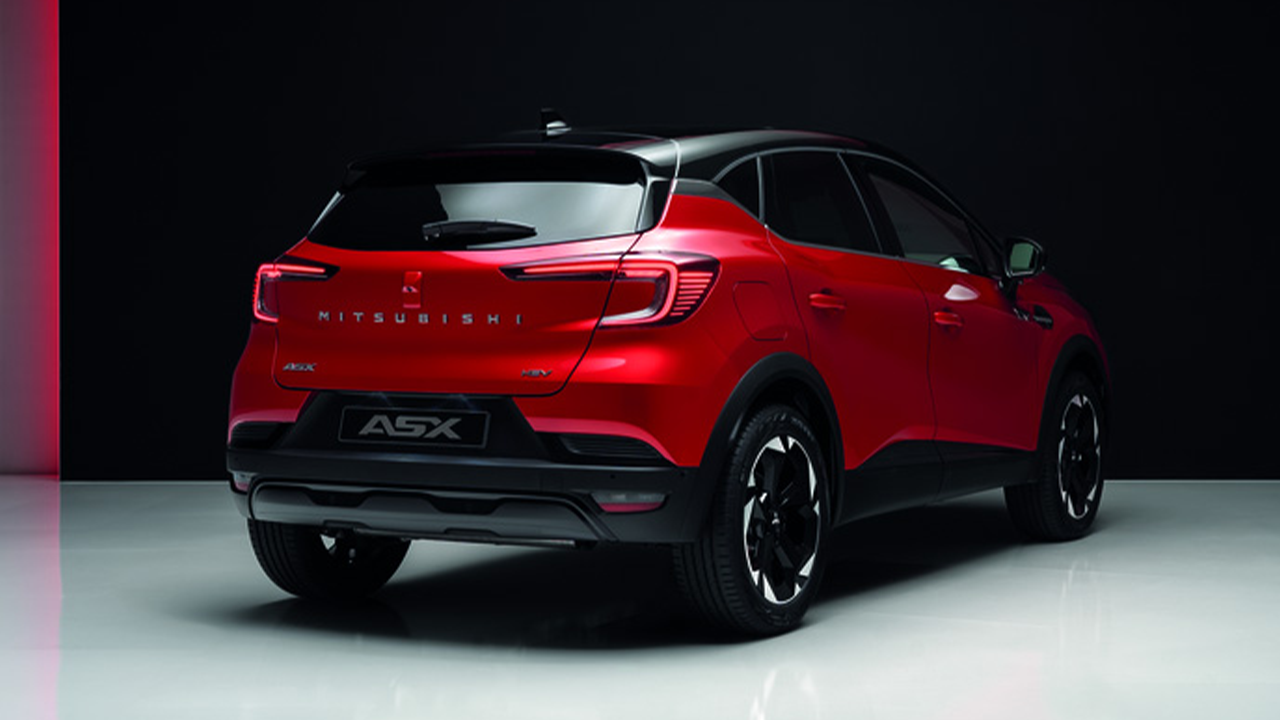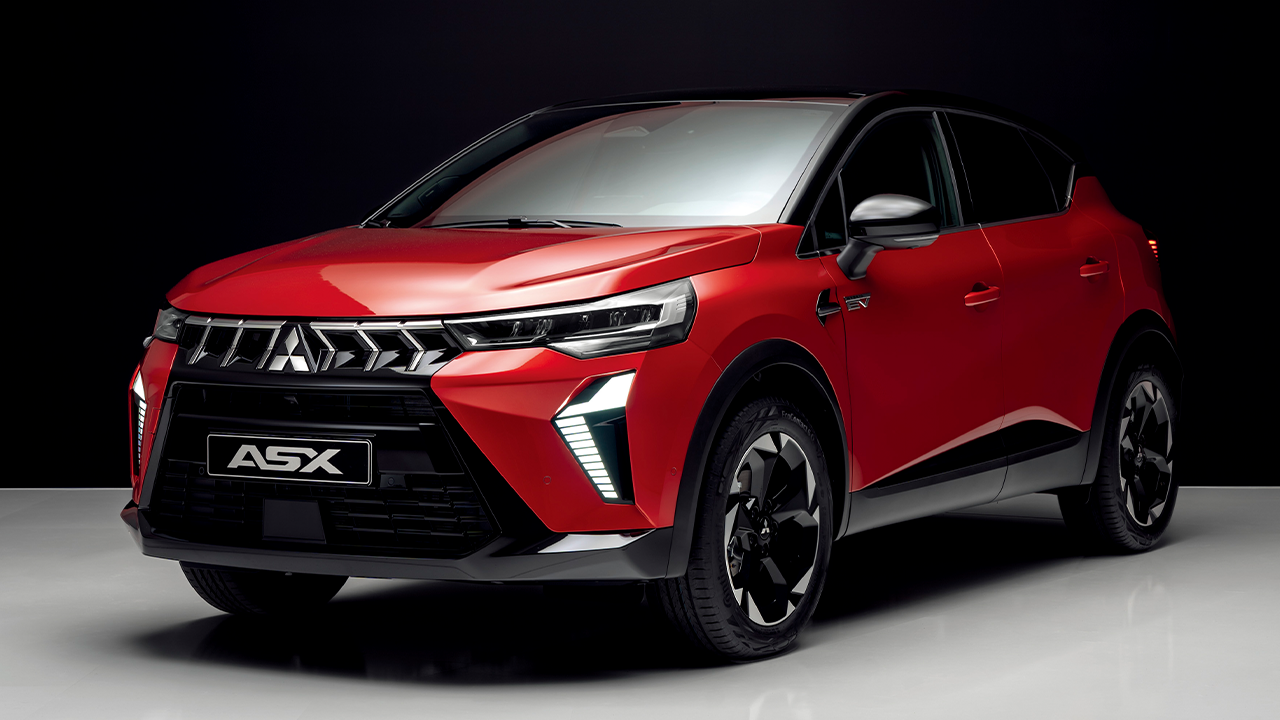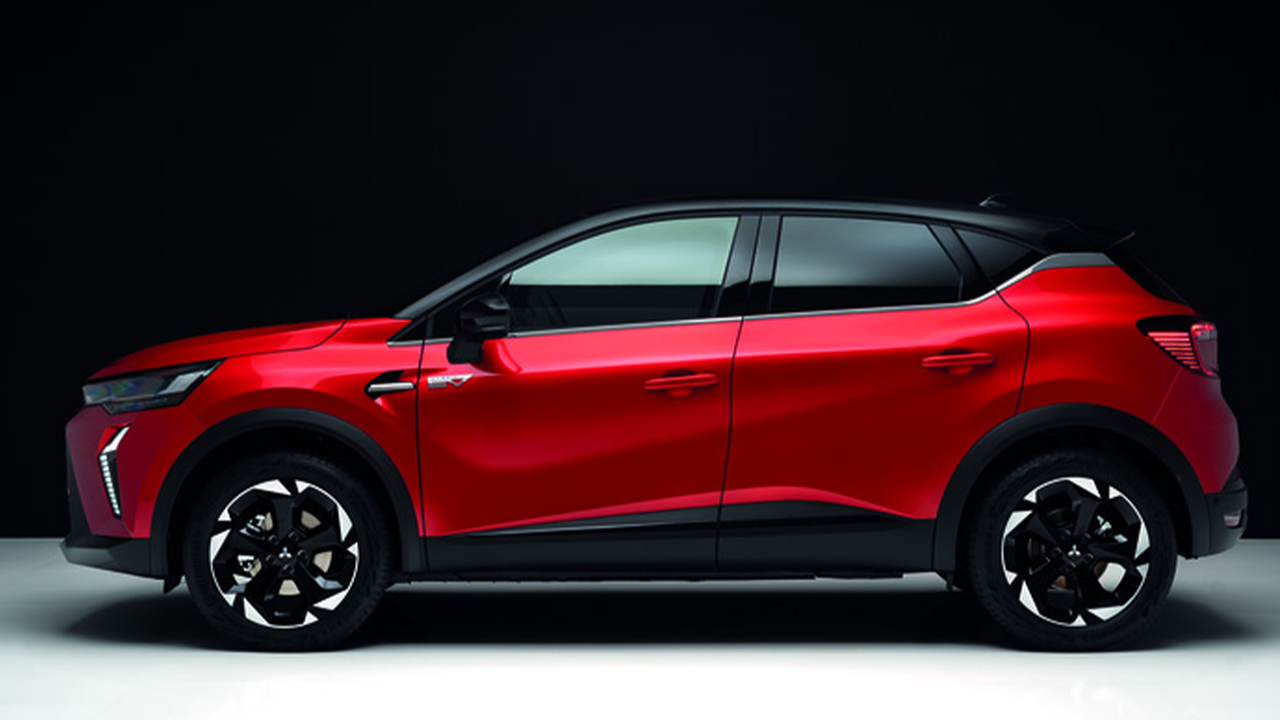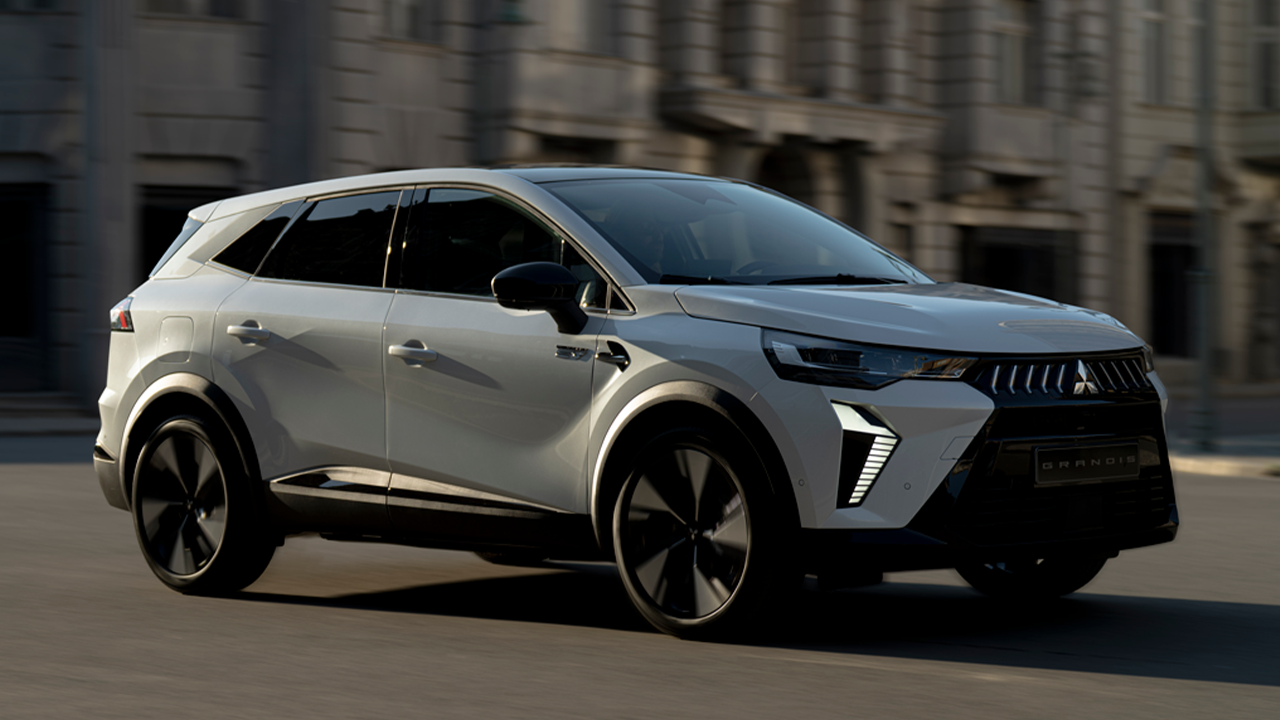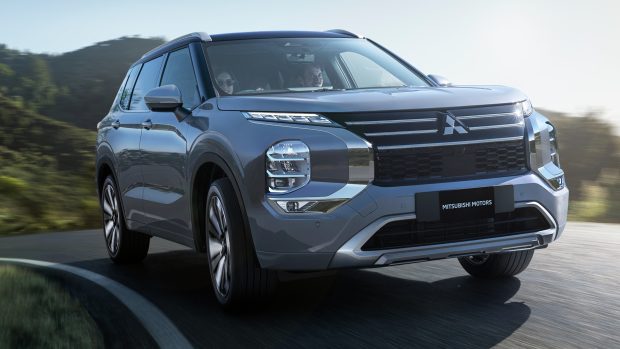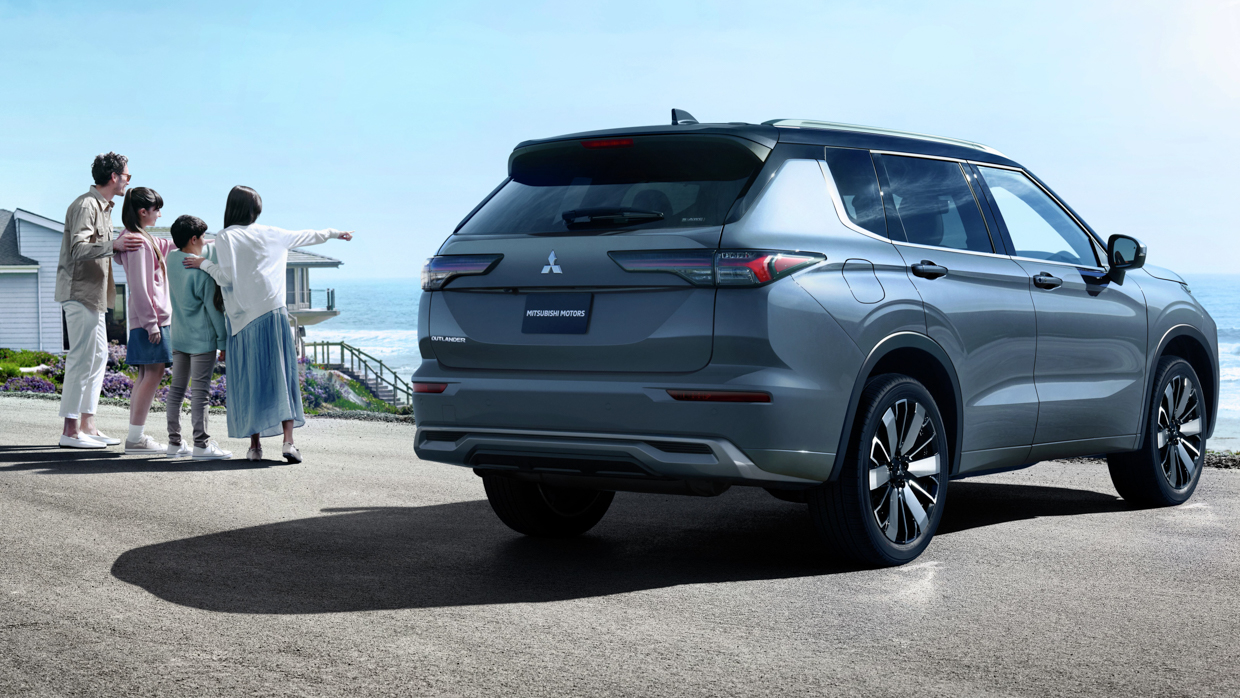-
Car Reviews
- All reviews
- Midsize SUVs
- Small cars
- Utes
- Small SUVs
- Large SUVs
- Large cars
- Sports SUVs
- Sports cars
- Vans
Latest reviews
- Car News
-
Car Comparisons
Latest comparisons
- Chasing Deals
Fuel-efficient small SUV twins would join Outlander in Mitsubishi Australia’s fight against multi-million dollar CO2 penalties
Mitsubishi will double-down on hybrid vehicles in Australia with a particular emphasis on plug-in hybrids (PHEVs), with local leaders of the Japanese manufacturer emphasising that petrol-electric powertrains remain the most appropriate technology for the local market.
“We believe the correct transition technology is PHEV,” Mitsubishi Australia chief executive Shaun Westcott told Chasing Cars. “Our (PHEV) customers have reduced emissions by 83 percent right here, right now, with zero investment in infrastructure.”
Hybrids, and especially PHEVs, have a substantial advantage in that their low official CO2 emissions ratings mean they fall below Australia’s New Vehicle Emissions Standard (NVES) CO2 limits until 2029.
For cars and SUVs, CO2 limits tighten annually from 141g/km in 2025 to 58g/km in 2029 with manufacturers facing substantial monetary penalties from the federal government for breaching these limits. Fall below the limits and emissions credits are available for manufacturers to trade.
A possible trio of hybrid Mitsubishi SUVs would put the Japanese manufacturer in a strong position to beat NVES laws, while also competing more strongly with Toyota’s established HEV lineup.
With the established Outlander PHEV midsize SUV continuing to sell strongly, Mitsubishi Australia is closely examining which models it will launch locally with hybrid propulsion in the coming years, with the incoming second-generation ASX high on the list.
A new, Spanish-built ASX will arrive in Australia by the end of 2025 and while Mitsubishi has not confirmed which engines will initially be sold here, a range of petrol, mild hybrid (MHEV), full hybrid (HEV) and PHEV powertrains are available globally.
Mitsubishi Australia chief Westcott confirmed to Chasing Cars that the ASX will arrive in Australia “in phases” and “with low emissions”, focussing on high-selling versions first.
That might mean an initial focus in Australia on non-plugged versions of the ASX, which is available with a choice of four-cylinder engines: a 103kW 1.3-litre turbo mild-hybrid (6.0L/100km and 135g/km CO2 WLTP), and a 116kW 1.6-litre HEV (4.7L/100km and 105g/km CO2 WLTP).
It remains to be seen whether Australian ASX pricing will climb from today’s $24,490-$35,240 plus on-road cost levels, but an increase seems almost inevitable.
Later, the ASX plug-in hybrid could be added to the Australian range, combining the 1.6-litre petrol engine with an electric motor and battery for 47km of electric-only range, 118kW of power, and WLTP fuel consumption and emissions of 1.4L/100km and 32g/km respectively.
While the new Euro-sourced ASX is a more complicated vehicle to manufacture—and total ASX sales might fall in Australia—every sale of the new ASX will be an advantage to Mitsubishi on emissions grounds rather than a pain point, as the outgoing high-CO2 model is.
The new ASX and Grandis are based on the Renault Captur and Symbioz SUVs respectively and utilise the CMF-B platform shared between Alliance partners Renault, Nissan, and Mitsubishi.
Grandis was previously the name of a minivan sold in Australia between 2004-2010—and it’s now been reawakened for an enlarged version of the new ASX and a strong contender to replace the discontinued Eclipse Cross in Australia.
Hybrid power is standard for the Grandis overseas, with the right-hand drive UK market receiving the same 103kW 1.3-litre MHEV and 116kW 1.6-litre HEV engines as with the new ASX. Both would be relatively simple to offer in Australia should Mitsubishi choose to do so.
The Grandis hybrid would compete squarely in Australia with the Toyota Corolla Cross, which is also hybrid-exclusive and retails for between $37,440-$50,990 + ORCs locally.
Whereas the abandoned Eclipse Cross was sold with a PHEV option in Australia, no PHEV is currently planned for the Grandis overseas. However, with so many shared components with the ASX (and its Renault counterparts), a future Grandis PHEV is not difficult to imagine.
A facelifted Outlander PHEV will land around September with a more powerful dual-motor hybrid system producing 222kW. A bigger 22.7kWh battery promises 86km electric range (WLTP), while in Australia, official CO2 emissions should fall even lower to around 30g/km.
Unlike the new ASX and Grandis, Mitsubishi Australia does not currently enjoy a low-CO2 petrol engine option for the Outlander. While the PHEV heavily overperforms on efficiency, the standard 135kW/244Nm 2.5-litre petrol engine is thirsty, consuming between 7.5-8.1L/100km.
But in China, the Outlander is available with a 1.5-litre turbocharged petrol four-cylinder MHEV engine producing 120kW/280Nm, delivering a fuel consumption and emissions benefit with a 6.7L/100km rating.
What’s missing from the global Outlander lineup is a true MHEV or HEV engine option which would combine a level of electrified motoring, lower CO2 and the ease of not needing to plug in to realise excellent fuel economy. It could also plug the Outlander’s petrol-to-PHEV price gap.
While no global Outlander HEV option appears forthcoming, a Mitsubishi adaptation of the e-Power series hybrid powertrain used in the Outlander’s Nissan X-Trail cousin could be especially appealing, with e-Power cutting fuel use by around 22 percent.
Latest news
About Chasing cars
Chasing Cars reviews are 100% independent.
Because we are powered by Budget Direct Insurance, we don’t receive advertising or sales revenue from car manufacturers.
We’re truly independent – giving you Australia’s best car reviews.
